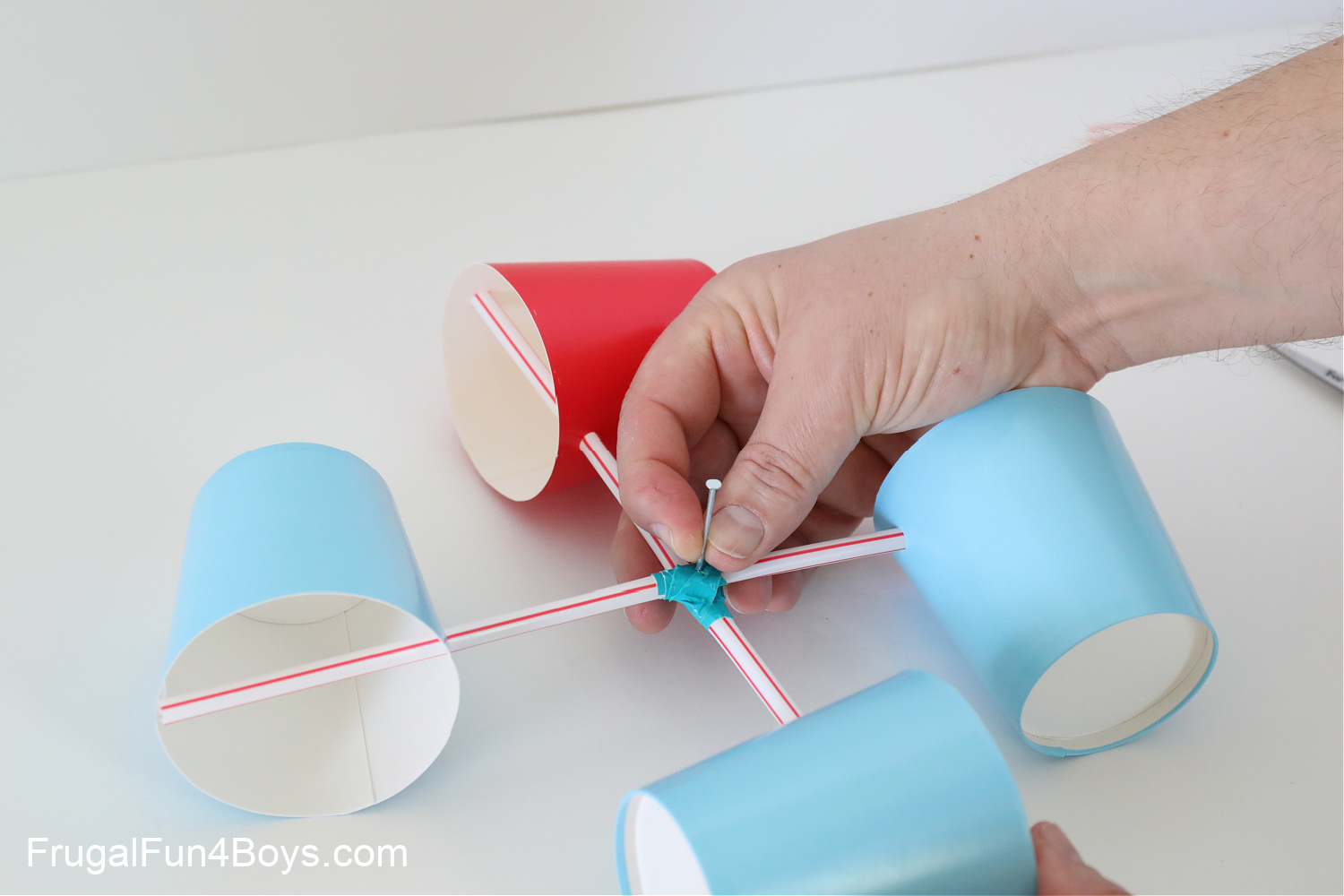How to Keep and Look After Your Anemometer to Ensure Durability
How to Keep and Look After Your Anemometer to Ensure Durability
Blog Article
All You Required to Learn About Anemometers: How They Work, Why They Issue, and Where to Use Them
Anemometers, though usually neglected in the realm of clinical instruments, play a crucial duty in numerous fields, providing valuable insights right into wind rate and air movement patterns. As we dive right into the ins and outs of anemometer innovation, we will discover the internal functions of these tools, their value, and the crucial factors to consider when selecting the right anemometer for certain applications.

Anemometer Fundamentals
An important tool utilized to measure wind speed and direction, the anemometer plays a vital function in meteorology and various sectors. An anemometer normally includes three or four mugs that revolve in the wind, a vane that directs into the wind, and sensing units to track the turnings or movements. By calculating the rotations or activities over a details amount of time, the anemometer can identify wind speed. The vane helps determine wind instructions by directing into the wind, offering valuable information for weather projecting, aviation, maritime procedures, ecological surveillance, and wind energy applications.
There are various types of anemometers offered, consisting of mug anemometers, vane anemometers, hot-wire anemometers, and sonic anemometers, each with its distinct attributes and applications. Mug anemometers are commonly used for standard wind rate dimensions, while vane anemometers are preferred for directional measurements.
Principles of Anemometer Procedure
Building on the foundational understanding of anemometer fundamentals, the principles of anemometer operation illuminate the mechanics behind wind rate and instructions dimensions. Cup anemometers, for instance, have 3 or even more mugs that catch the wind, causing them to rotate faster as the wind rate boosts. Hot-wire anemometers rely on a warmed cord that cools down as wind passes over it, with the price of cooling down figuring out the wind rate.
Importance of Anemometers
Anemometers play a crucial function in determining wind speed and direction, supplying vital information for weather forecasting, environment studies, environmental surveillance, and aeronautics operations. Meteorologists depend on anemometers to gather accurate wind data, assisting them comprehend climate patterns, forecast storms, and issue timely warnings to the public. Wind ranch drivers make use of anemometers to assess wind problems and maximize power production from wind generators.
Applications Throughout Numerous Industries
In the eco-friendly energy sector, anemometers play a crucial role check my reference in evaluating wind conditions for wind farm placements, ensuring ideal energy production. Industries like construction and mining use anemometers to keep track of wind rates, crucial for safety protocols, especially when working at heights or in open-pit mines where strong winds can posture dangers. In farming, anemometers help farmers in handling plant spraying by supplying real-time information on wind rate to prevent drift.

Selecting the Right Anemometer for Your Requirements
Picking the suitable anemometer tailored to your certain demands is essential for acquiring accurate wind rate and instructions measurements. When picking an anemometer, consider factors such as the designated application, called for dimension range, environmental problems, and desired features. For basic functions, a mug anemometer is ideal for measuring wind rate, while a vane anemometer provides wind direction information. Hot-wire anemometers are perfect for low airspeed measurements, and ultrasonic anemometers supply high precision and longevity.

Verdict
In verdict, anemometers play an essential role in gauging wind rate and instructions throughout different markets. It is crucial to take into consideration the relevance of anemometers in order to make educated choices when selecting the most suitable tool for determining wind conditions.
There are various types of anemometers readily see this site available, consisting of mug anemometers, vane anemometers, hot-wire anemometers, and sonic anemometers, each with its special attributes and applications. Mug anemometers are commonly made use of for standard wind speed measurements, while vane anemometers are chosen for directional dimensions. Hot-wire anemometers are appropriate for low airspeeds, and sonic anemometers are excellent for high-precision dimensions in research study and industrial setups.Building on the foundational understanding of anemometer basics, the concepts of anemometer procedure elucidate the auto mechanics behind wind rate and direction dimensions. For basic functions, a mug anemometer is appropriate for measuring wind speed, while a vane anemometer supplies wind instructions information.
Report this page